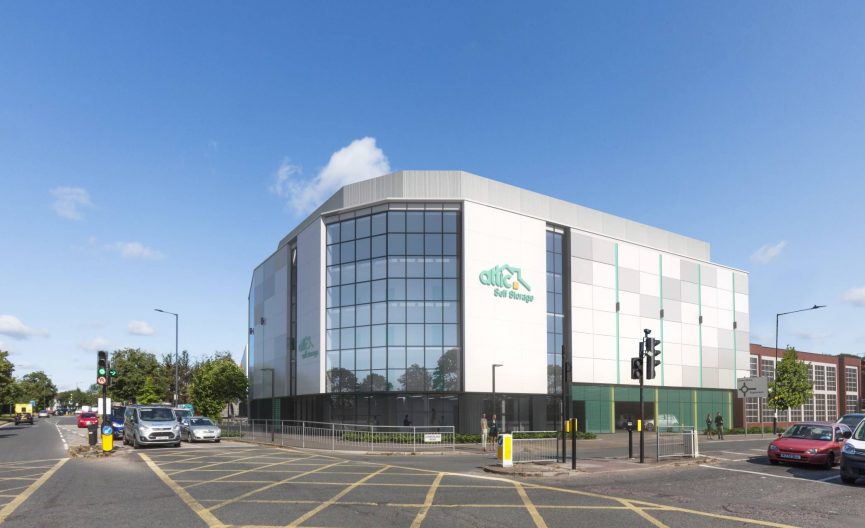The History of Harrow: The Warforged Borough
The history of Harrow is a history of conflict: religion vs religion, aristocrats vs peasants and industry vs people, clashing over and over again until finally landing in the strange, scarred peace that enshrines the borough today.

When was Harrow Founded?
The Borough of Harrow as we know it today was founded in 1965, when it was converted from a municipal borough into a London suburb. Before that, Harrow started out as a string of smaller villages sprawled around Harrow Hill, where St Mary’s Church stands on the ruins of the town’s namesake – hearg, or ‘the heathen temple’.
The Peasants are Revolting: The Unrest of 1381
32 years after the Black Death swept across Europe, the population of England remained at an all-time low. This had a knock-on effect on wages as labour demand increased.
Workers were few and far between, and the wealthy classes were struggling to keep a hold on their power and wealth without the foundations of society to hold them up. Realising that this was one of the best opportunities that would ever arise in their lifetimes, the peasants’ class began to negotiate.
It doesn’t surprise that landowners didn’t want to sacrifice wealth to pay workers what they were worth. Instead of putting their money into the labour force, they used it to pressure parliament into signing The Statute of Labourers, one of the most unpopular laws of the century. The statute threatened serfs with prison sentences if they refused to work for the astronomically low wages.
Enemy Number One: Archbishop Simon Sudbury
The Peasants’ Revolt began when a levy of 4 pence, the ‘Poll Tax’ of 1377, was placed on every English adult over the age of 14 to help pay for the hundred year’s war. The peasant class was feeling squeezed between the high cost of living and astronomically low wages, and the Poll Tax was the final straw.
Headlining the tax was Archbishop Simon Sudbury, overseeing the diocese of Canterbury. Sudbury had been under pressure by the Crown to raise funds for the war in France, and had agreed on a share of £60,000 to be contributed by the Church. The remaining £100,000 would have to be taxed from the population. In the eyes of the revolutionary forces, this decision would seal Simon Sudbury’s fate.
That’s where Harrow comes in – or more specifically, the Harrow peasantry. The main Middlesex residence of the Archbishop of Canterbury was in Sudbury Manor, Harrow at the time. After raising a revolt against the archbishop, the impoverished residents of Harrow refused to pay rent to the landowners, and began to siege the Manor in revenge for the tax.
The Second Tax: Harrow in the 1600s
The borough of Harrow, still seething from the brutality of the 14th century, was once again afflicted by the Ship Money Tax.
In growing frustration against the King, the residents of Harrow once again dug in their heels and refused to pay the new tax. In 1635, it was reported that multiple tax collectors had been unable to levy money from the borough – a situation that resulted in the seizure of over forty Harrow properties from their residents.
What is Harrow Famous For?
Luckily, modern Harrow is known as a beautiful borough full of life, with a rich history of culture, architecture and the arts. Its upstanding school educated famous figures such as Lord Byron, Henry Fox Talbot, Sir Robert Peel and Winston Churchill, while the borough’s vibrant community gave birth to local heroes such as Mary Isabella Beeton and the skilled First World War pilot, Leefe Robinson.
These days, Harrow is a peaceful borough built around a beautiful Georgian conservation area. Full of amenities, (safe) transport options and rolling countryside vistas, today’s town bears very little resemblance to the borough of the past. Whether you live in the terraces of Harrow on the Hill or the bustling apartment blocks of Wealdstone, however, your home remains a proud reminder of Harrow’s fierce resistance against unjust treatment through the years.



